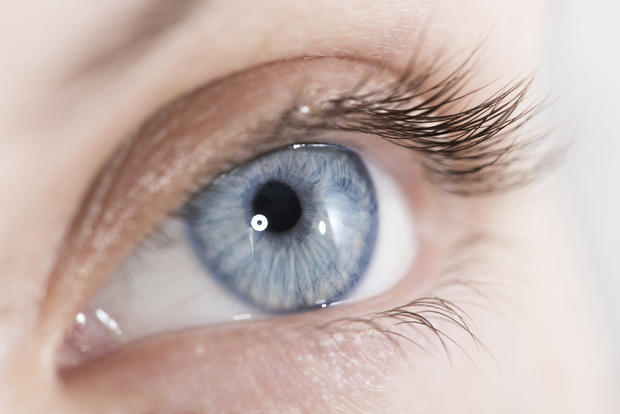What's behind the rise in nearsightedness?
Myopia, the common vision problem that causes close objects to appear clearly but not far ones, is on the rise globally. Also called nearsightedness, symptoms of myopia can include headaches, eyestrain and squinting.
According to the American Academy of Ophthalmology (AAO), more than 34 million Americans age 40 and older are myopic – about 24 percent of that population.
The National Eye Institute estimates that at least 41 percent of all Americans are nearsighted.
Research suggests that the number of Americans with myopia has increased significantly from the 1970’s to the early 2000’s. The prevalence of myopia has also been rising in recent years in many other countries around the world. The condition is particularly prominent among school-aged children living in urban areas in some Asian countries.
Now, a recent study published in the journal Ophthalmology estimates that by the year 2050, about half of the world’s population will be nearsighted.
So what’s behind the rise in the condition? Experts have a few theories.
“One is genetics. If both of your parents are nearsighted, there’s a good chance you’ll be nearsighted,” Dr. Christopher Starr, an ophthalmologist at Weill Cornell Medical Center, told “CBS This Morning.”
Another hypothesis is that kids today are spending too much time indoors looking at screens and not enough time outside.
“There’s a neurotransmitter called dopamine, which is stimulated by the sun,” Starr explained. “And dopamine controls the elongation of the eyes. So if you have dopamine, the eye doesn’t grow as much. And if you don’t have enough dopamine by sitting inside, the eye can get longer and longer, and the longer the eye, the more nearsighted it is.”
He notes that although there are no formal recommendations, to help protect their eyesight, kids should partake in anywhere from one to three extra hours of outdoor activity a day.
Starr warns that even people with great eyesight can still have underlying problems and should get their eyes checked regularly.
“The one fallacy that a lot of people have is, ‘Oh, I see well. I don’t need to go to an eye doctor. I don’t have any symptoms. My eyes don’t hurt.’ That’s unfortunate because there can be things that are going on inside the eye that are completely asymptomatic, glaucoma being one of them,” he said.
The AAO recommends adults age 18 to 60 with good eyesight should get an eye exam every two years, while those with symptoms should get checked every one to two years, or as recommended by the their doctors. All adults age 61 and older should get an annual eye exam.
“For kids, infants should have a screening test, and then in their early years at school age, they should be screened regularly at school and at the pediatric office and eye doctor’s as well,” Starr said.
